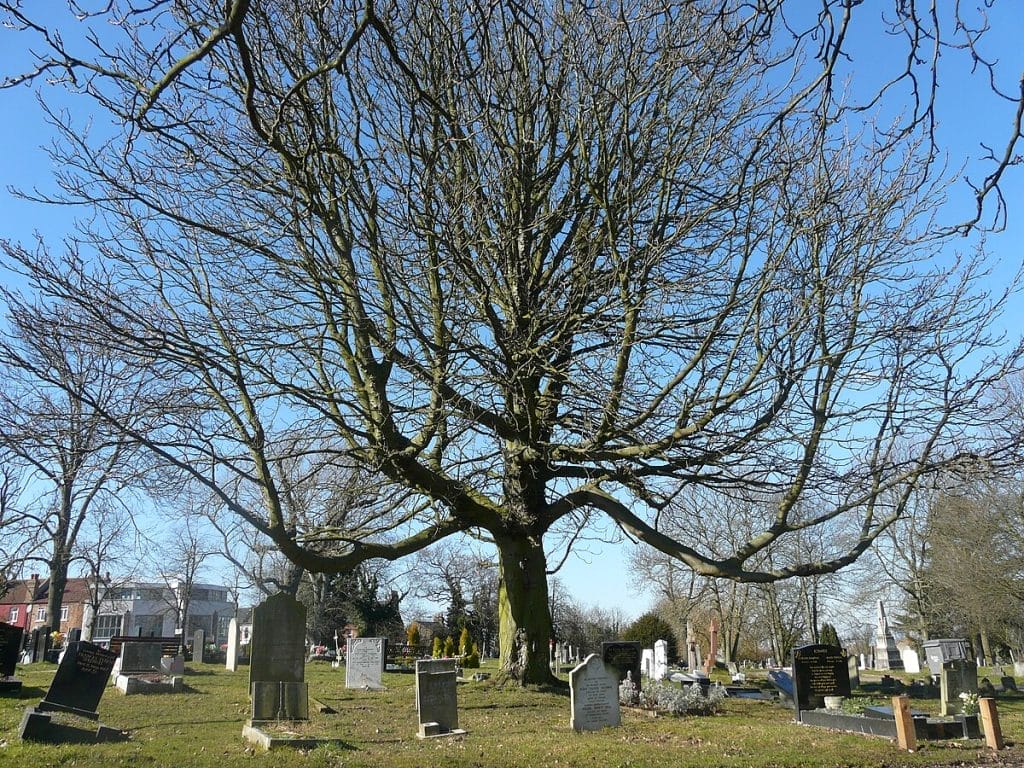The Horniman at Hay’s
This pub in London Bridge which we share a name with is so named because it sits on the location of the Horniman’s Tea warehouses.
It was reported that Horniman’s had ‘warehouses in the docks and agents in every town in the world’.
In 1879 a fire began in the warehouse which took firefighters hours to battle. The building was fire and water damaged and when Frederick Horniman got word he rushed to the building to retrieve money from the safe. The damagte was equivalent to £13 million today.
The ‘Hays’ in the name refers to the Hays Galleria that the pub is next to, named after Alexander Hays who acquired it in 1651.
In the 19th Century the area became the main dock that tea was delivered to and 80% of dry produce delivered to London passed through it. It’s now home to shops and restaurants.

The Horniman at Hay’s CC BY 2.0 Stephen McKay
Slade School of Art
Both Emslie and Annie Horniman attended the Slade School of Art. For Annie, who attended in 1882, this was a chance for freedom and experimentation. Slade was the first art school to open its doors to both sexes.
Originally Rebekah Horniman had insisted that Annie could only attend if she had a maid with her and took the family carriage. It didn’t take long for Annie to get out of this arrangement.
Slade opened in 1871, and was established thanks to lawyer and philanthropist Felix Slade leaving money to establish three Chairs in Fine Art. It is also the home of the first film department in any British University.

CC 2.0 SA Slade School of Art
Emslie Horniman park
Emslie Horniman went on to become a Liberal MP for Kensal Rise, following in his father’s footsteps. One of the most long-standing legacies of his time as a politician is the Emslie Horniman Pleasance Park. Containing a walled garden in the Arts and Crafts style, the park is the official starting point for Notting Hill Carnival.
Coombe Cliffe, Croydon
The Horniman Conservatory has only stood in our Gardens since the 1980s. Before then it was dismantled and stored in Crystal Palace, and before that it stood in the Garden of Frederick Horniman’s family home at Coombe Cliffe in Croydon.
Frederick’s father John Horniman – who founded the tea company – bought the land and built the home for his family in 1853. John Horniman died in 1893, and Frederick added the conservatory to the house as an indoor garden for his mother.
Frederick sold the Coombe Cliffe house in 1903 after the death of his mother. It became a convalescent home, art college and education centre. The house fell into a state of disrepair and was damaged in a fire in 1977.
The Gardens of the residence were merged into Park Hill and opened to the public in the 1960s.
Westminster
From 1895 to 1906 Frederick Horniman was a Liberal MP for Penryth and Falmouth in Cornwall.
Did you know that you can read a transcript of everything ever said by MPs in the house of commons – including Frederick Horniman?
Hansard is a verbatim record of everything said in parliament as well as records of votes and statements and is accessible online as well as being printed and bound.

CC BY 2.0 Eric Hossinger
In 1903 Frederick Horniman asked:
To ask the Postmaster-General whether he is aware that in order to be in time for the first delivery in London, letters at Falmouth must be posted at the Central Office not later than 4.25 in the afternoon; and whether, having regard to the importance of this place as a port of call, he will make inquiries with a view of affording a later despatch.
The reply from the postmaster general Mr Austen Chamberlain stated:
The time for posting at Falmouth letters intended to be included in the first delivery in London on the following morning is correctly stated by the hon. Member, and I regret that the time cannot be extended. I do not know whether the hon. Member is aware that under present arrangements letters posted at Falmouth as late as 8.30 p.m. are included in the second delivery in London on the following morning.
Camberwell Old Cemetery
Frederick Horniman died in 1906 and his cremated remains are interred in Camberwell Old Cemetery with his first wife Rebekah.
The grave was originally fairly grand but unfortunately the metal on the headstones was stolen.
Despite the name Camberwell Old Cemetery is located in Honor Oak, about a 15-minute walk from our Gardens. It was built in 1855 to accommodate the problem of overcrowded London cemeteries.
Other notable people buried in Camberwell Old Cemetery include London-based Irish nationalist Liam McCarthy and journalist and trade unionist Harry Quelch.

CC BY 2.0 Loz Pycock